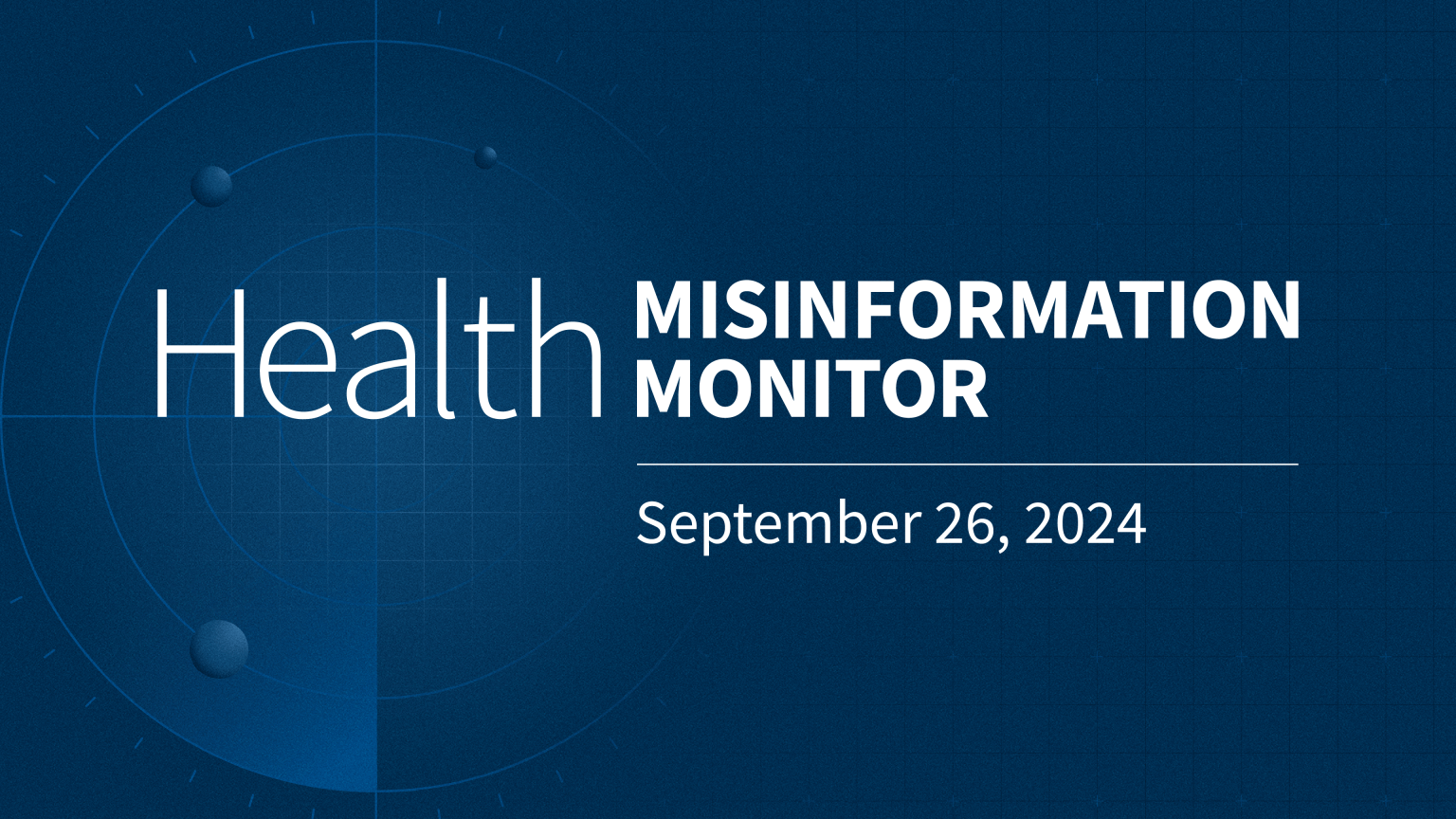The Shadow of Misinformation: Immigrants, Fentanyl, and the 2024 Election
The 2024 election cycle is witnessing a surge in misinformation, particularly concerning immigrants and the fentanyl crisis. A recent Kaiser Family Foundation (KFF) poll reveals that a significant portion of the American public is exposed to false claims about immigrants, often propagated by politicians seeking to influence public opinion. These claims range from immigrants causing a rise in violent crime and stealing jobs to misconceptions about their eligibility for federally funded healthcare. While many adults express uncertainty about the veracity of these statements, a concerning trend emerges among Republicans, who are significantly more likely to believe false claims about immigrants compared to Democrats or Independents. This partisan divide highlights the challenge of combating misinformation, particularly when it aligns with pre-existing political biases.
The KFF poll further underscores the real-world impact of this misinformation. A substantial number of immigrants report experiencing negative treatment due to the rhetoric surrounding immigration, particularly the language used by former President Trump. This finding emphasizes the human cost of misinformation, as it contributes to stigmatization, fear, and tangible harm within immigrant communities. While the majority of immigrants report no change in treatment due to Vice President Harris’s statements, a notable portion perceive her rhetoric positively, suggesting a nuanced reception of political discourse among immigrant populations.
Exploiting Tragedy: The False Link Between Fentanyl and Immigration
The fentanyl crisis, a public health emergency claiming thousands of lives, has become another breeding ground for misinformation. Politicians, including former President Trump and Vice Presidential candidate JD Vance, have repeatedly and falsely linked the influx of fentanyl into the U.S. to undocumented immigrants. This narrative, deployed to justify stricter border policies and instill fear, contradicts data showing that most fentanyl enters the country through legal ports of entry, primarily trafficked by U.S. citizens. This manipulation of the fentanyl crisis exploits the grief of families who have lost loved ones to overdoses, preying on their desire for solutions and accountability.
While the emotional appeal of these claims is undeniable, the reality is that stricter immigration policies are unlikely to curb the fentanyl epidemic. Experts argue that focusing on this false narrative distracts from addressing the root causes of the opioid crisis, such as misconceptions about treatment options and the increasing availability of counterfeit pills laced with fentanyl. By scapegoating immigrants, politicians not only perpetuate harmful stereotypes but also divert attention and resources from evidence-based solutions that could save lives. KFF analysis demonstrates the alarming rise in fentanyl-related deaths over the past decade, highlighting the urgent need for effective interventions, not politically motivated misinformation.
Social Media’s Role in the Fentanyl Crisis: A Battle for Accountability
Social media platforms have emerged as a significant vector for the distribution of fentanyl, particularly among young people. Platforms like Instagram, Snapchat, and Telegram facilitate the sale of illicit drugs, often disguised as prescription medications, leading to unintentional fentanyl exposure and fatal overdoses. While social media companies have implemented measures to combat drug sales on their platforms, experts argue these efforts are insufficient to protect users.
The legal battle waged by grieving parents against social media companies, particularly Snap, highlights the growing demand for accountability. These lawsuits challenge the legal immunity provided to online platforms under Section 230, arguing that these companies bear responsibility for the harmful content facilitated on their platforms. The outcome of these cases could reshape the legal landscape for social media companies, potentially forcing them to take more proactive measures to prevent drug sales and protect their users.
Fentanyl Test Strips: A Harm Reduction Tool Mired in Misinformation
Fentanyl test strips, a harm reduction tool that can detect the presence of fentanyl in drug samples, are often shrouded in misinformation. One persistent myth claims that fentanyl contamination is undetectable, discouraging individuals from utilizing these life-saving tools. Another misconception frames fentanyl test strips as enabling drug use, leading some states to classify them as drug paraphernalia, thereby restricting access. However, harm reduction evidence demonstrates that fentanyl test strips effectively prevent overdoses without increasing drug consumption.
The growing recognition of the efficacy of fentanyl test strips is prompting policy changes in some states, allowing greater access to these vital resources. Overcoming the misinformation surrounding fentanyl test strips and promoting their wider adoption could significantly reduce the number of fentanyl-related deaths, particularly among vulnerable populations. By dispelling the myths and emphasizing the evidence-based benefits, public health officials and harm reduction advocates can empower individuals to make informed decisions and protect themselves from the dangers of fentanyl.
Combating Misinformation: A Critical Challenge for Public Health
The convergence of misinformation surrounding immigration, the fentanyl crisis, and social media poses a significant challenge to public health efforts. The politicization of these issues, coupled with the rapid spread of false narratives online, exacerbates the vulnerability of individuals and communities. Addressing this complex problem requires a multi-pronged approach. Fact-checking initiatives, media literacy programs, and public health campaigns can play a crucial role in debunking misinformation and empowering individuals to critically evaluate information. Holding politicians and social media platforms accountable for the spread of harmful content is also essential. By fostering a more informed and resilient information ecosystem, we can mitigate the detrimental impact of misinformation on public health and create a safer and healthier society. The stakes are high, as the consequences of inaction extend far beyond the election cycle, impacting the lives and well-being of individuals and communities across the nation.


